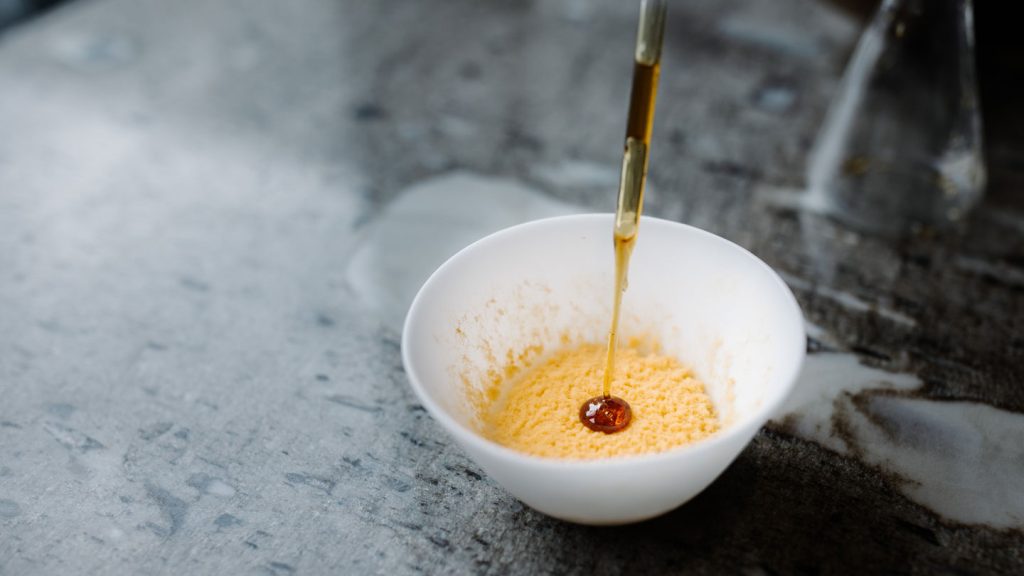Neurospora intermedia, an orange-colored fungus, can transform food waste into tasty and nutritious foods by fermenting by-products like soybean pulp and coffee grounds. This process has the potential to reduce waste while creating new food options. The fungus is currently used in Java, Indonesia, to make traditional foods and some chefs are exploring its use in gourmet desserts. Understanding how N. intermedia transforms its growth substrates could lead to broader applications of this fungus.
Formerly a chef, Vayu Hill-Maini discovered N. intermedia while studying red oncom, a Javanese meat substitute made from fermented soy pulp. By sequencing the fungus’s genome, researchers discovered enzymes that help break down sugars like cellulose and pectin into more digestible forms for humans. This insight into N. intermedia’s abilities could help unlock its potential for transforming food waste into viable food products on a larger scale.
Studies have shown that N. intermedia strains found in oncom are genetically distinct from wild strains but genetically similar to strains found growing on other waste products like sugarcane fiber and corn cobs. This suggests a possible domestication of N. intermedia by humans for food production, similar to the coevolution of Penicillium used in blue cheese production. Fermentation with N. intermedia has been found to increase the protein content of soy pulp, making it a more nutritious food source.
To assess the appeal of N. intermedia-derived foods to a broader audience, Danish taste testers were presented with the Javanese dish of red oncom. Most participants found the texture, appearance, and flavor of the dish to be appealing, describing the taste as “mushroom” or “nutty.” Chef Rasmus Munk of Alchemist experimented with using N. intermedia to ferment white rice custard, resulting in a transformation of flavor to a pineapple-like taste, showing the versatility of this fungus in creating novel flavor profiles.
The potential to use N. intermedia at an industrial scale for transforming food waste into new food products is promising. By utilizing by-products generated during food production, such as soy pulp from soy milk production, waste could be repurposed immediately through fermentation. The engineers at Spora, Alchemist’s food lab, are exploring ways to use microbes like N. intermedia to create delicious, healthy, affordable, and sustainable food options from food waste. This approach has the potential to revolutionize food production and waste management practices in the future.
Overall, the research on Neurospora intermedia highlights the possibility of harnessing microbial fermentation to convert food waste into valuable food products. By understanding the genetic and enzymatic capabilities of this fungus, researchers can explore new ways to utilize waste in food production. The appeal of N. intermedia-derived foods to a wider audience, as well as the potential for industrial-scale applications, point towards a future where fungi play a key role in creating delicious and sustainable food options from waste materials.















